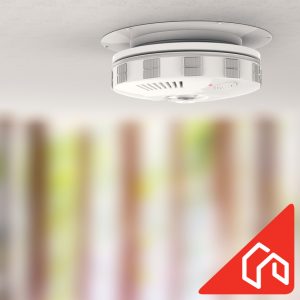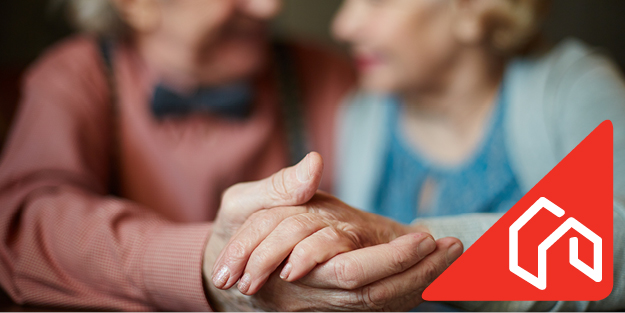 Now that winter is settling in and the cooler temperatures are upon us, we as homeowners begin to fire up our furnaces and fireplaces. It doesn’t matter if you use a natural gas furnace, wood stove, propane or oil furnace to heat your home, any kind of fossil fuel combustion can release Carbon Monoxide (CO) into your home. Carbon Monoxide detectors are an effective tool in keeping you home safe, and just like smoke detectors, CO monitoring systems are not a suggestion, they are the law.
Now that winter is settling in and the cooler temperatures are upon us, we as homeowners begin to fire up our furnaces and fireplaces. It doesn’t matter if you use a natural gas furnace, wood stove, propane or oil furnace to heat your home, any kind of fossil fuel combustion can release Carbon Monoxide (CO) into your home. Carbon Monoxide detectors are an effective tool in keeping you home safe, and just like smoke detectors, CO monitoring systems are not a suggestion, they are the law.
The danger of Carbon Monoxide gasses being released into your home increases in the winter months. It may seem like common sense given the popularity of carbon monoxide (CO) alarms, but it cannot be assumed that everyone is familiar with the hazards of carbon monoxide poisoning. If you don’t have a Carbon Monoxide (CO) alarm installed in your home yet, time’s up. They are have been mandatory by law in Ontario for more than two years, and for good reason.
Known as the silent killer Carbon Monoxide detecters were made mandatory by a law enacted in 2014 is named the Hawkins-Gignac Act. This was in honour of OPP Const. Laurie Hawkins and her family, who died in 2008 of carbon monoxide poisoning caused by a blocked chimney in their Woodstock, Ontario home. Carbon monoxide, which is colourless, odourless and tasteless, kills more than 50 people a year in Canada, including 11 on average in Ontario.
Penalties for non-compliance are the same as those for failing to have a smoke detector. Inspectors can issue $235 tickets or lay charges that could result in fines of up to $50,000 for individuals and $100,000 for companies.
The path to avoiding the danger is in maintaining your furnace, chimney, fireplace and ductwork. Being sure to get these heating systems serviced and inspected annually for any faults is a a big part protecting your home. When we close all the windows and doors to keep out the cold, we effectively create a “lid” in our home which is perfect for trapping the gas. The danger is amplified, especially on upper floors where we typically sleep. This problem can be amplified in NEW homes where the higher quality insulation, new windows & doors and quality new construction can create an air-tight environment.
 Below are some tips to help ensure your safeguard your family from the dangers of CO2 this winter:
Below are some tips to help ensure your safeguard your family from the dangers of CO2 this winter:
Install Carbon Monoxide alarms in your home.
• CO alarms can be battery-powered, plugged into an outlet, or hardwired into a home’s electrical system. Buy only CO alarms that bear the label of an independent testing laboratory. Install a CO alarm outside your home’s sleeping areas. If sleeping areas are spaced far apart, each area will need a CO alarm.
When you hear the sound of a CO alarm.
• If the CO warning signal sounds, immediately go to a fresh air location and call 911. Your local Fire & Rescue will come and investigate your problem for you using air monitoring equipment. Stay at the fresh air location until emergency personnel tell you it is safe. If the trouble signal sounds, check for low batteries or other problems.
Reducing CO Risk
• When you are buying home heating or cooking equipment, purchase only products that bear the label of an independent testing laboratory. Have all fuel-burning appliances (furnaces, stoves, space heaters, dryers, and water heaters) professionally installed and maintained.
• If you need to warm a vehicle, remove it from the garage immediately after starting it. Do not run a vehicle, generator, or other fueled engine or motor indoors, even if garage doors are open. Make sure the exhaust pipe of a running vehicle is not covered with snow.
• Never use an oven to heat your home. Make sure your wood or coal-burning stove is properly ventilated directly into the chimney flue. Be sure the chimney flue is fully open when you use your fireplace. Have all chimneys cleaned and inspected once a year.
• Have your fuel-burning home heating system (fireplaces, furnaces, water heaters, wood and coal stoves) – including the flue- inspected by a professional before each heating season.
Keep dryer, stove, furnace, and fireplace vents clear of ice, snow, dirt, leaves, and other debris.
